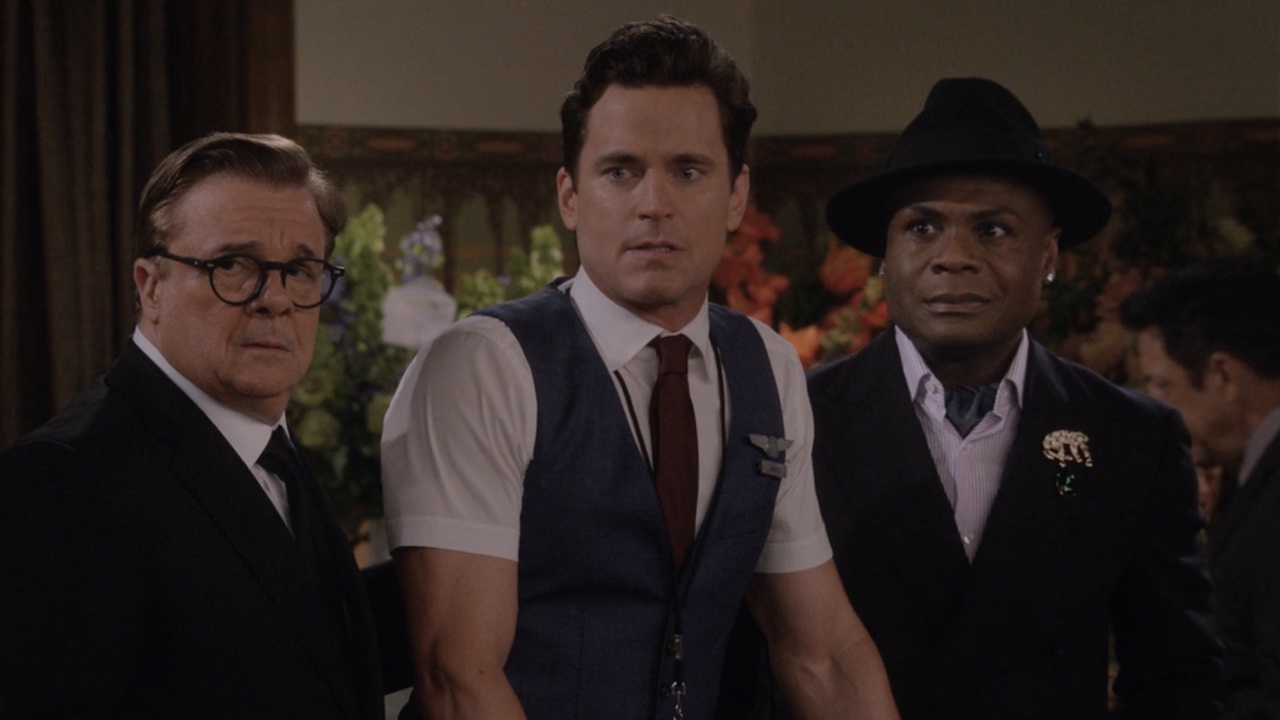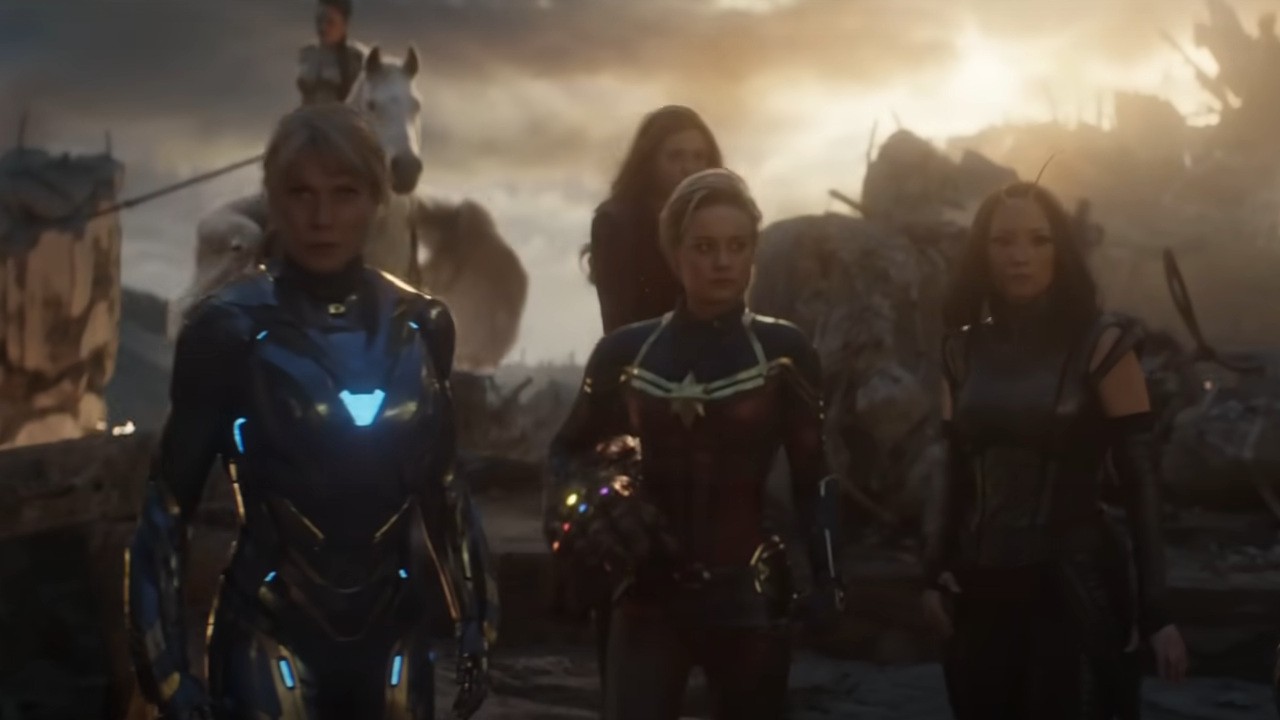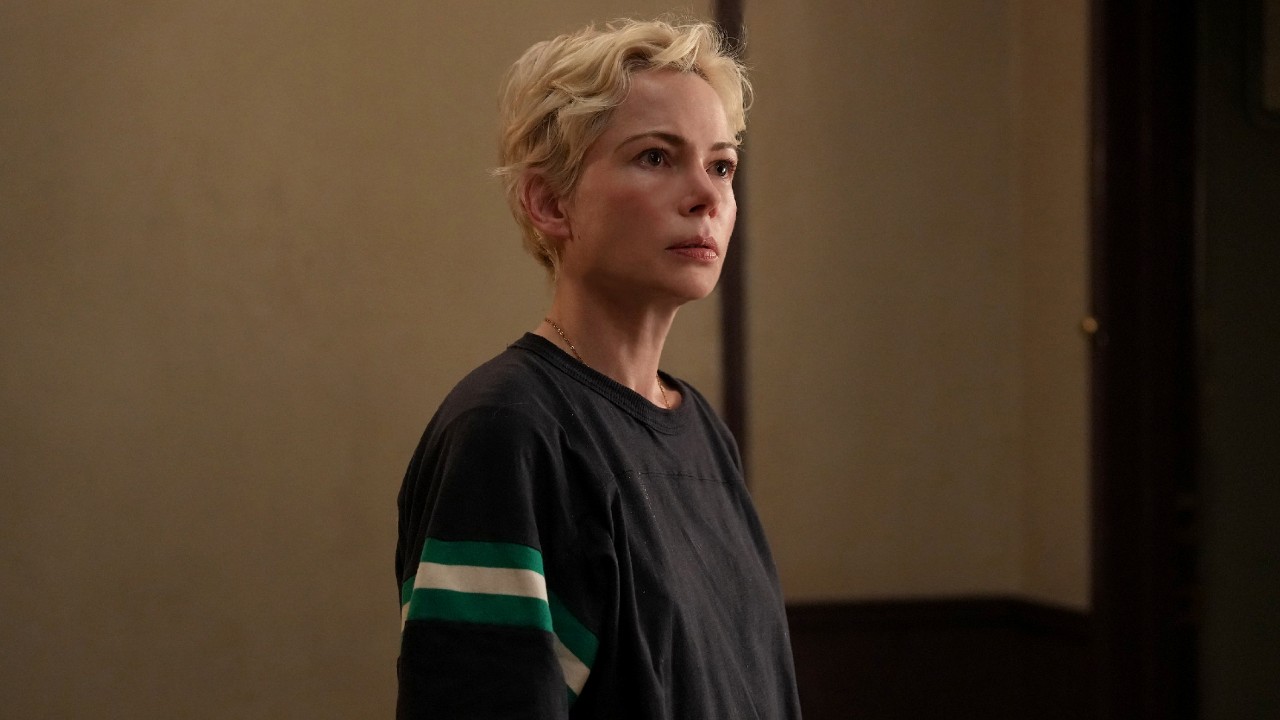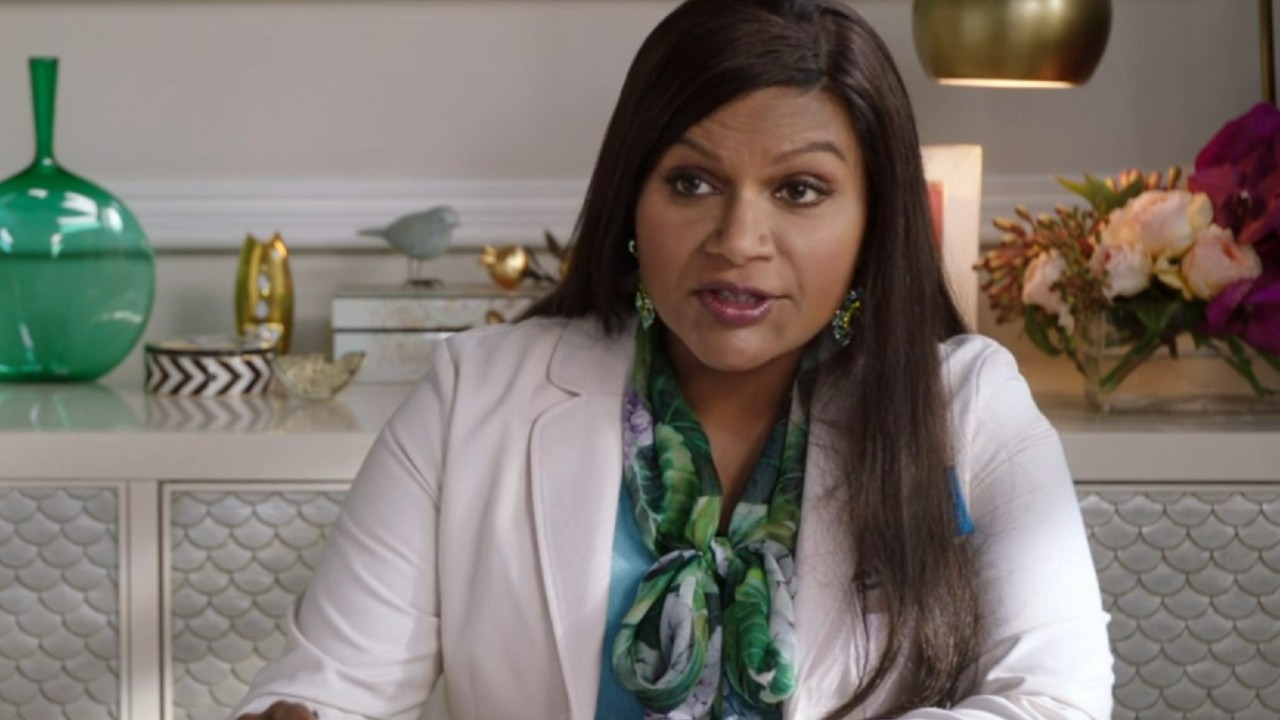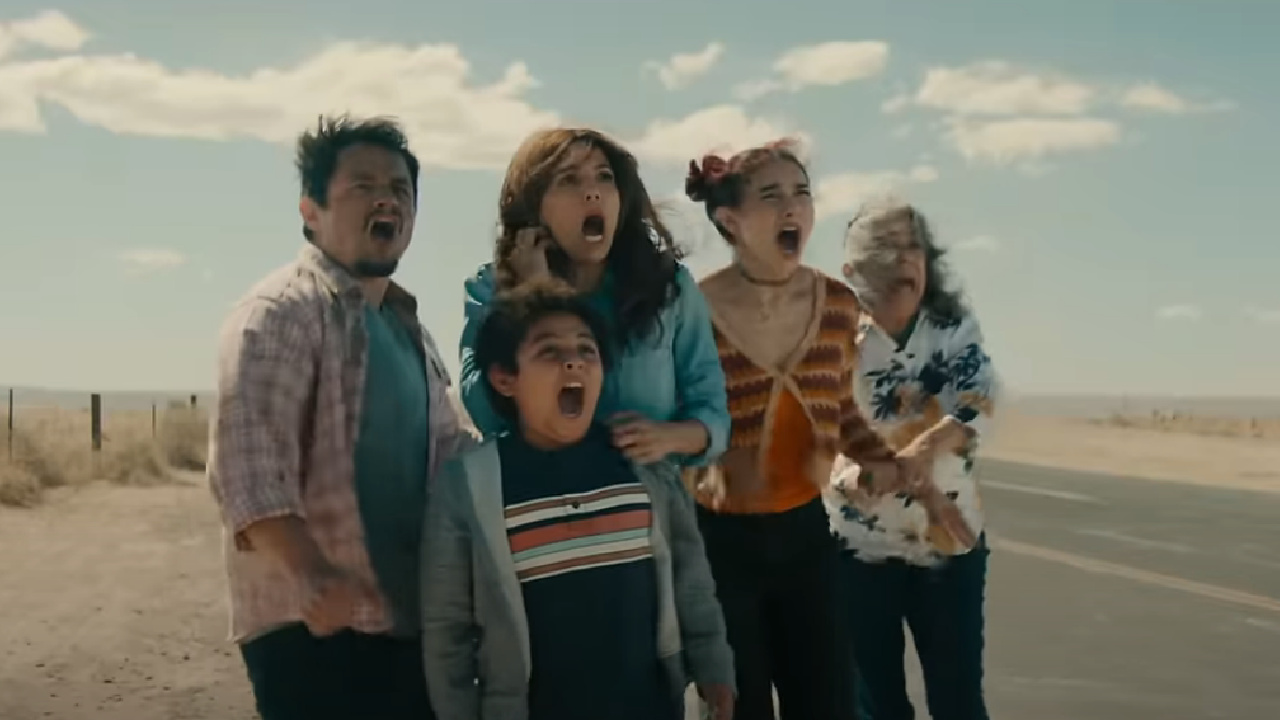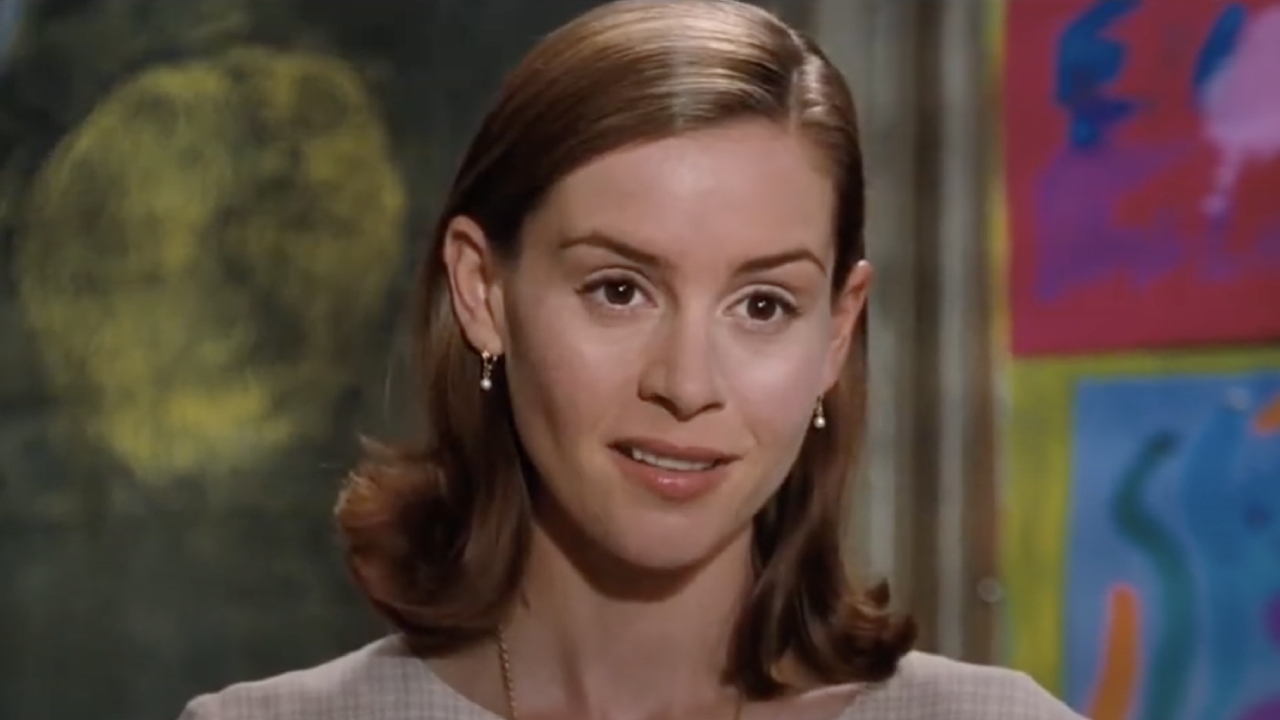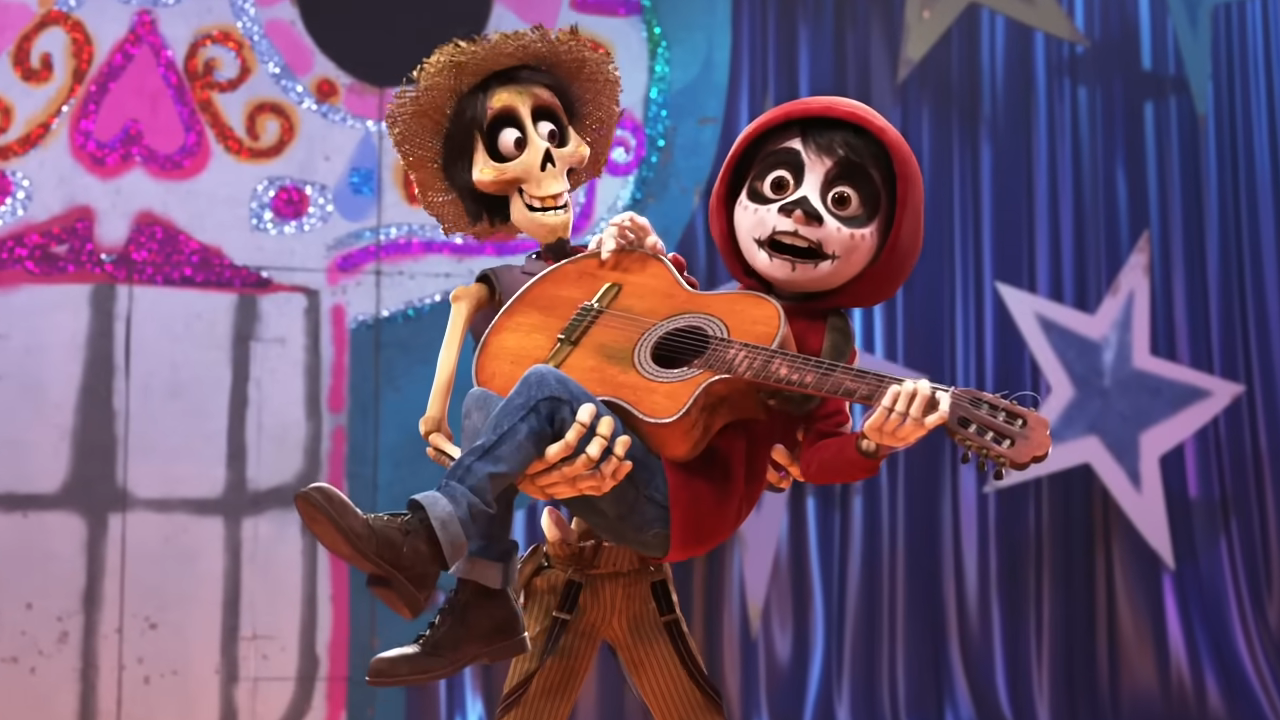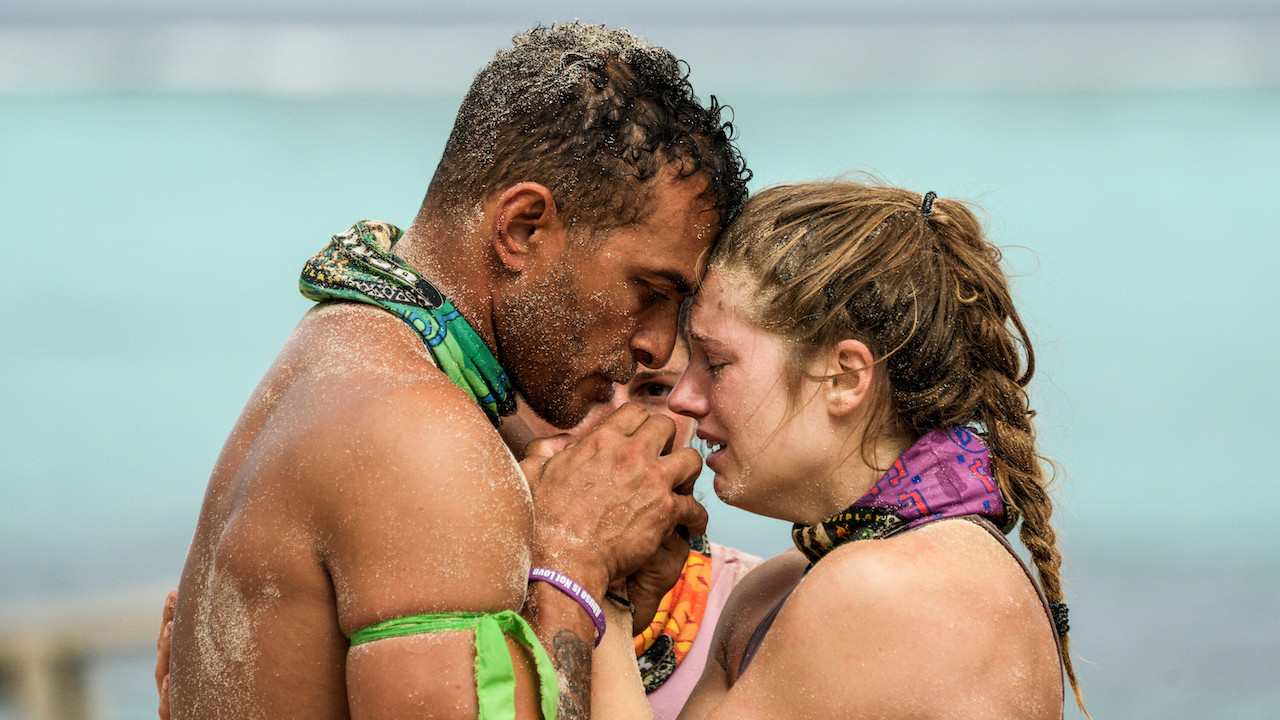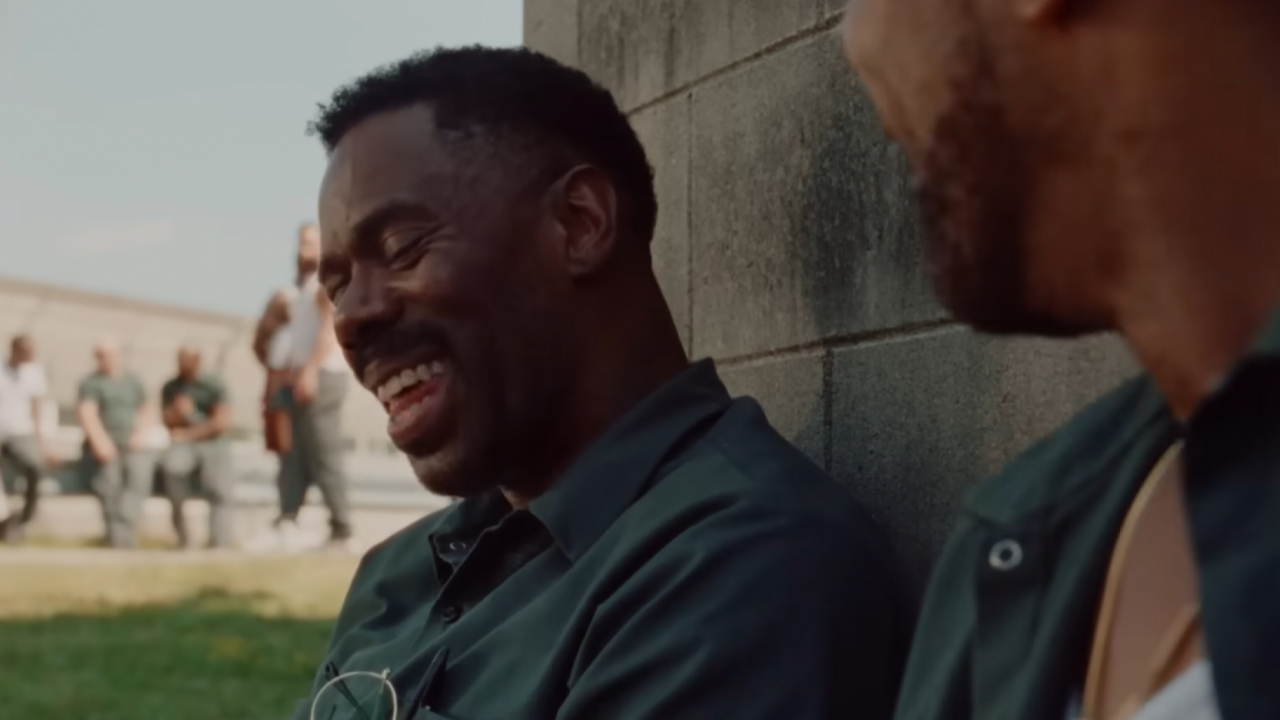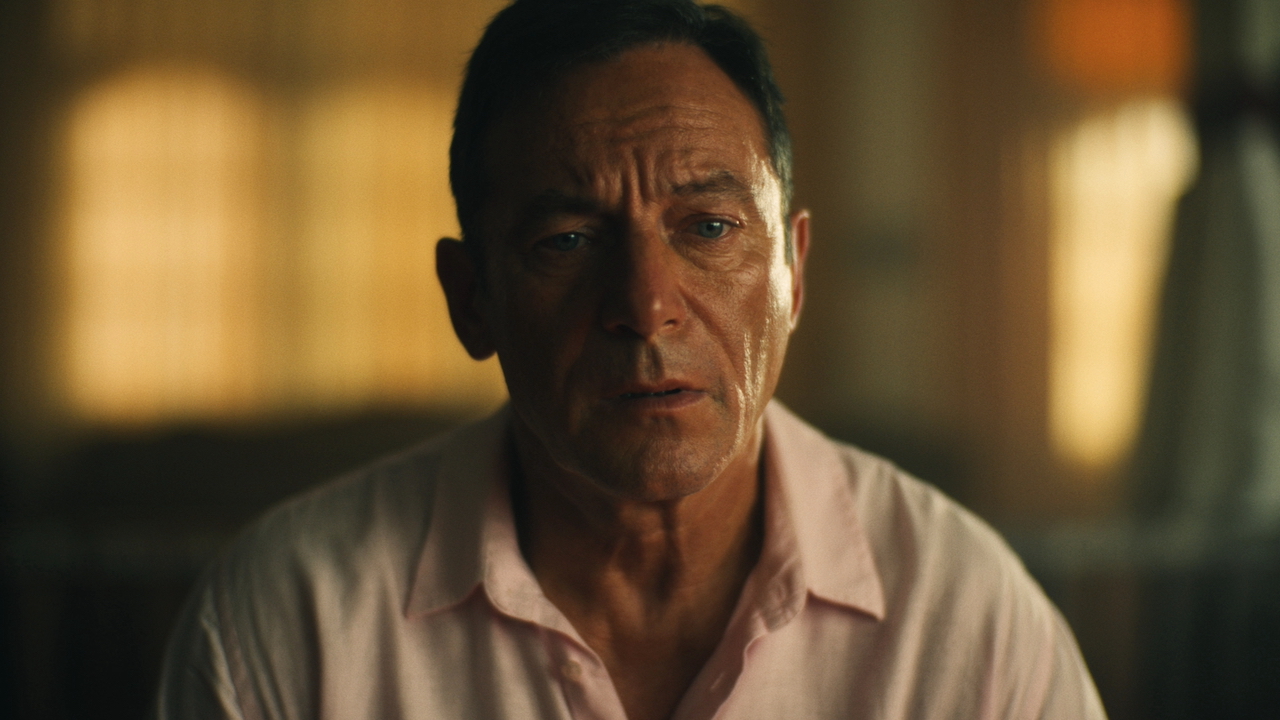10 Brilliant Details In Jordan Peele's Us That You Probably Missed
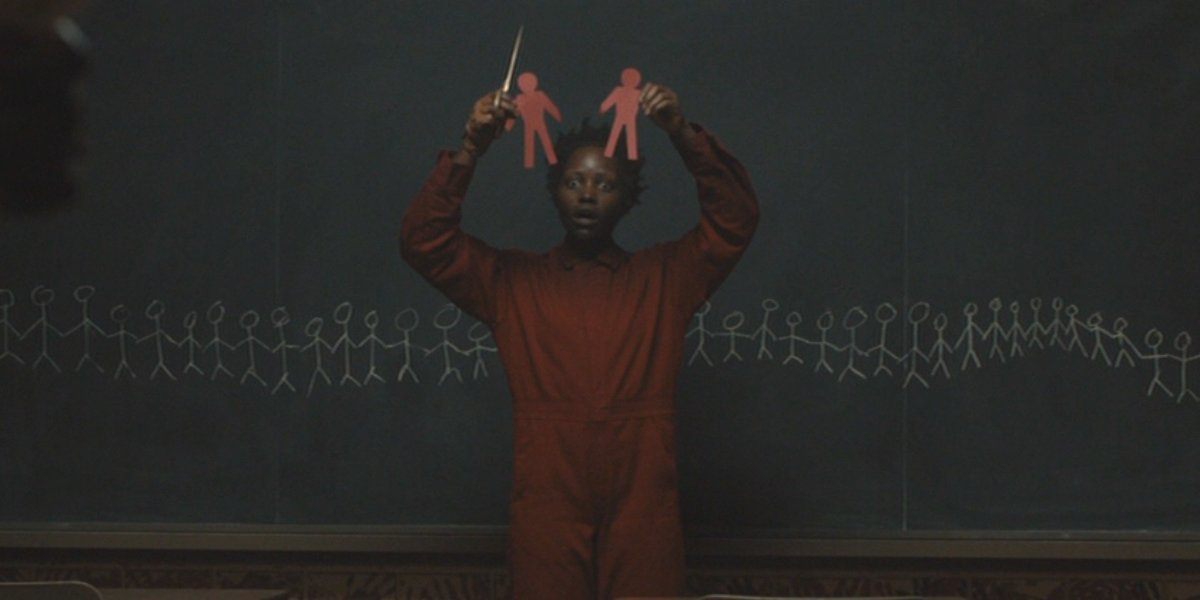
Though he only has two directorial efforts on his resume, Jordan Peele has firmly established himself as a stand out voice among today’s filmmakers – an extension of his meticulous style and detail-oriented approach. There is not a line said, a prop used, or a costume choice made without specific purpose, and the reasoning regularly goes far beyond surface level symbolism. He first showcased this methodology with 2017’s Get Out, but 2019’s Us has put him on the path to auteur-dom.
While it’s true that the entirety of Us changes for the viewer the second time you watch it as a result of knowing how the story plays out and the twists that are taken, but there are also certain elements that audiences may not pick out until their tenth screening. Probably only Jordan Peele knows all of the specificities engrained in the horror feature, but here is a list of eleven of them that you may not have picked up on during your time being terrified by The Tethered.
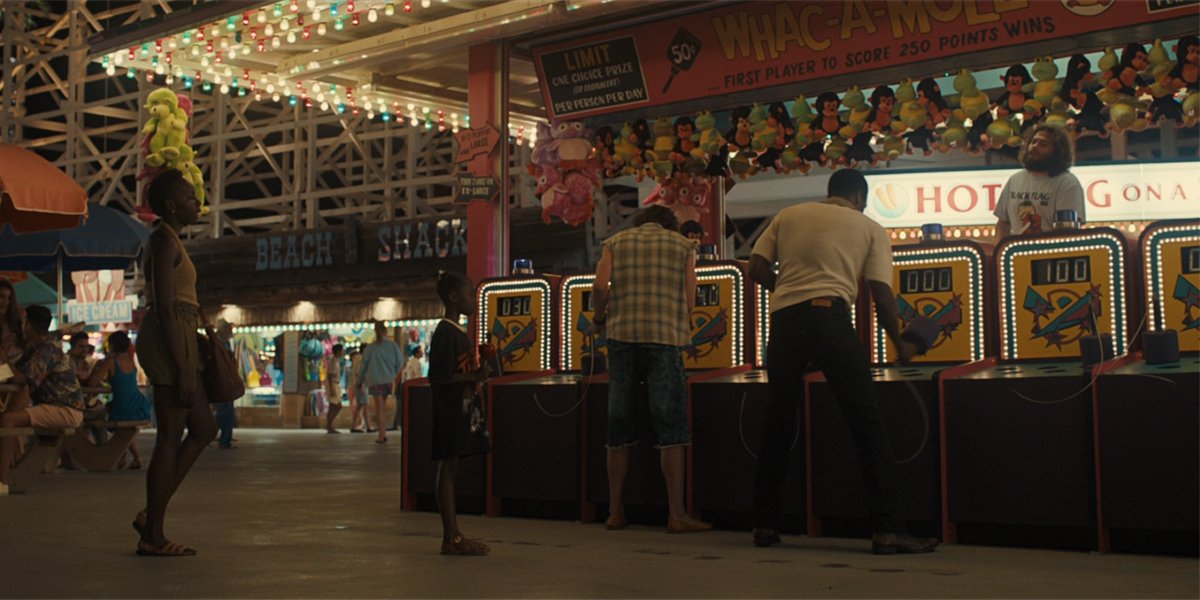
Whac-A-Mole
Let’s ease ourselves into this deep pool with a simpler one. At the beginning of Us, young Adelaide a.k.a. Red (Madison Curry) wanders away from her father (Yahya Abdul-Mateen II) while he is distracted playing a carnival game – which just so happens to be the classic Whac-A-Mole. It’s hardly an out of place diversion at such an event, but significant because of the foreshadowing it provides. After all, the majority of the film is spent watching beings emerge from beneath the ground, and while the protagonists make valiant efforts to try and beat them down, there is no predicting where they all pop up, and some manage to get through unchecked.
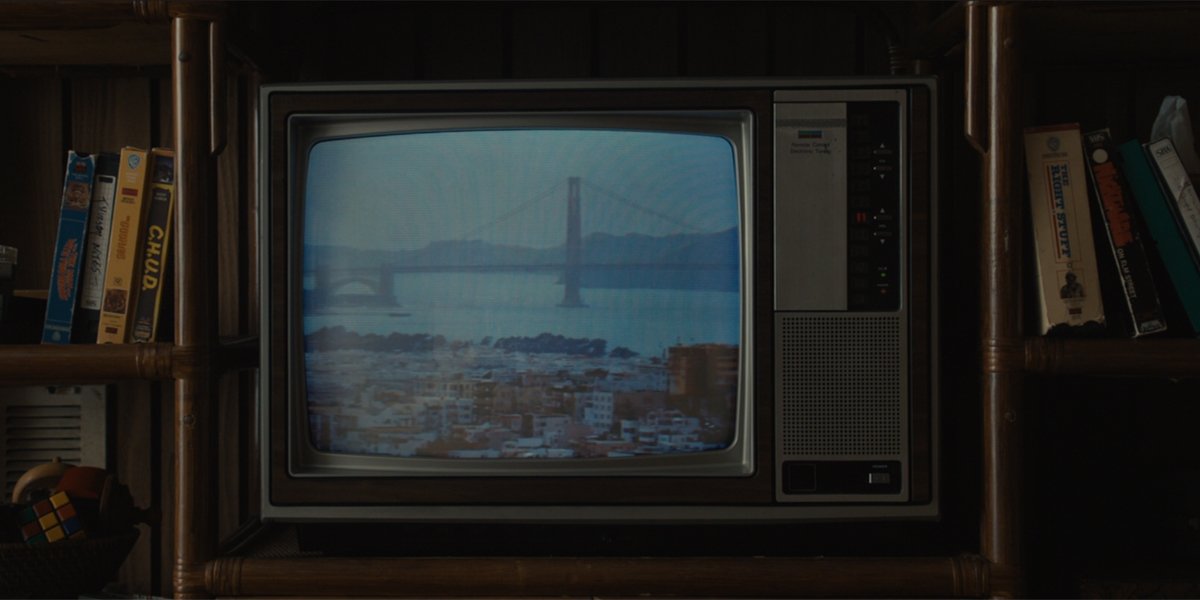
The Video Tapes
The first footage in Us features a television playing an advertisement for the 1986 event Hands Across America, which winds up becoming a vital influence for the mission of The Tethered, but you’re missing out on some fun details if you’re not paying attention to the video tapes that are lined up on opposite sides of the set. It’s fair to assume that this is the television in the living room of Adelaide’s house when she was growing up, as one can glean how the various titles wind up being implemented into Red’s plan. The Right Stuff, for example, puts all of her team members in matching uniforms a la astronauts. The scissors held in one gloved hand are reminiscent of Freddy Krueger in The Nightmare On Elm Street. Plus, both C.H.U.D. and The Goonies are all about events beneath the Earth nobody knows about.
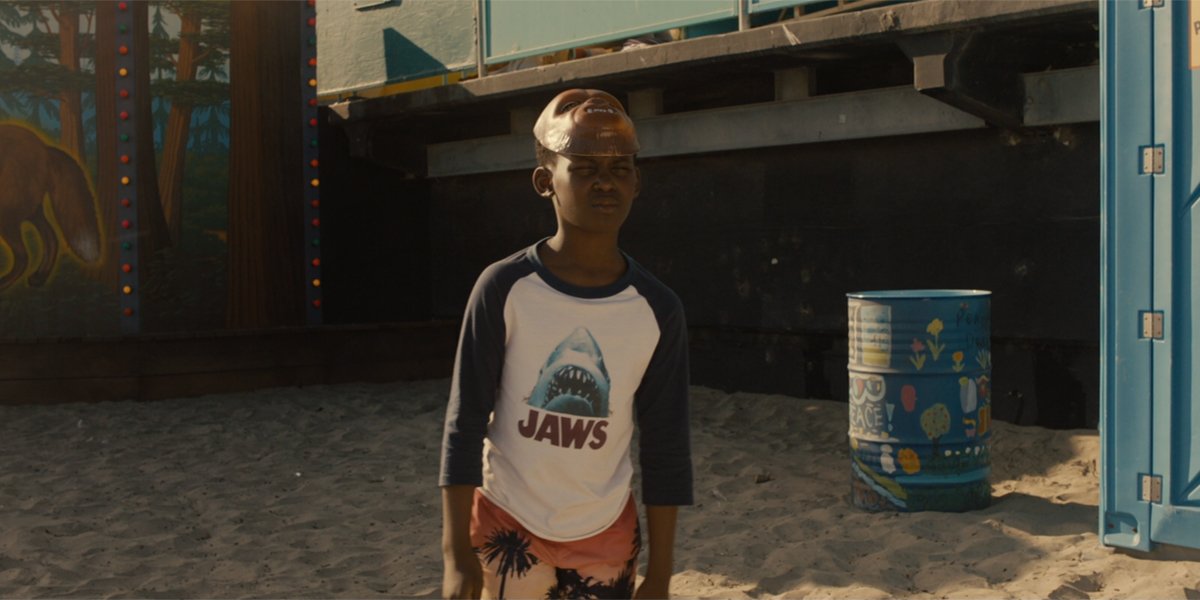
Jaws
As seen in the image above, Jason (Evan Alex) wears a shirt the day before the night of the Tethered attack that directly references Steven Spielberg’s Jaws, but that’s simply the most overt nod to the classic 1975 film, as Us features a number of them. This ranges from more big picture stuff – like the fact that both movies are set in summer vacation spots and feature terrors that emerge from the deep – to smaller beats – such as the life preserver popping out of the water when Abraham (Winston Duke) is knocked off the boat by Gabe.
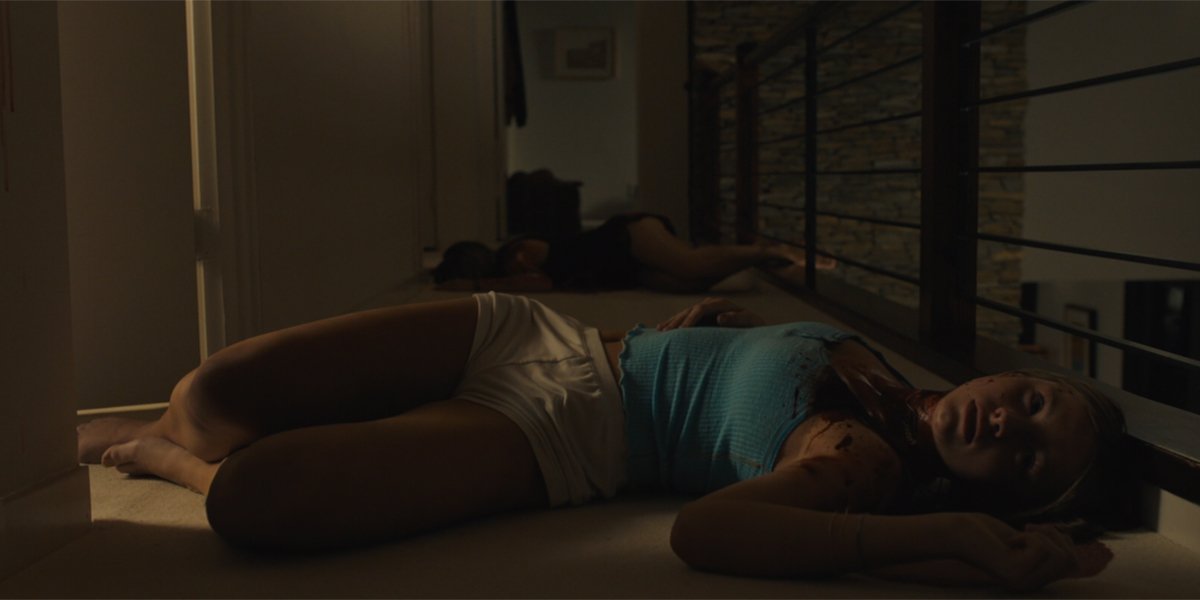
The Shining
Jordan Peele’s meticulousness is reminiscent of one of the great perfectionist directors of all time, Stanley Kubrick, so it’s fitting that, like with Jaws, Us is packed with multiple nods to The Shining. A brilliant example is pictured above, as the dead bodies of Lindsey and Becca Tyler (Noelle Sheldon and Cali Sheldon) are positioned exactly the same way as the Grady sisters in the Stephen King adaptation, but there are also the sweeping helicopter shots at the beginning and end capturing the Wilson family’s journey to and from Santa Cruz, as well as a weapon of choice comparison to make between Gabe and Shelley Duvall’s Wendy Torrance (a baseball bat).
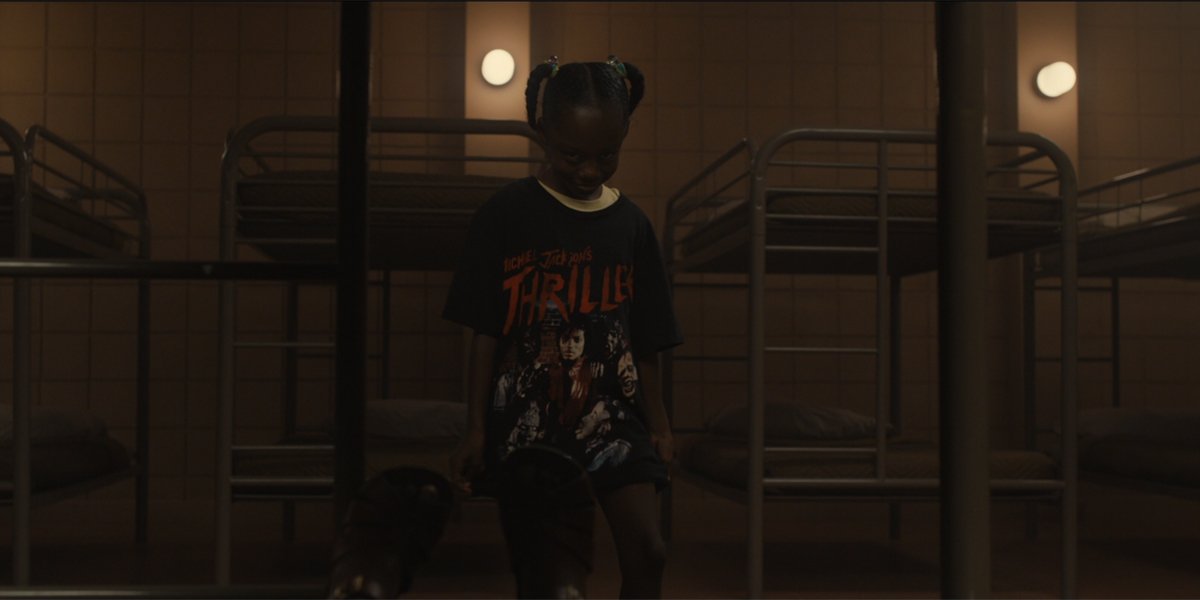
Thriller
Like with Jaws, Jordan Peele gives a special shout out to Michael Jackson’s “Thriller” via a sartorial choice in Us, as young Adelaide’s father notably wins her a T-shirt with a design sporting the name of the song, but this is another case where one key piece of pop culture resurfaces multiple times. The One Glove look of The Tethered can be linked to one of the King of Pop’s most iconic fashion choices, and the music video for the track famously features Jackson going through a transformation into a werewolf – highlighting duality, which is obviously a pretty big thing in Peele’s movie.
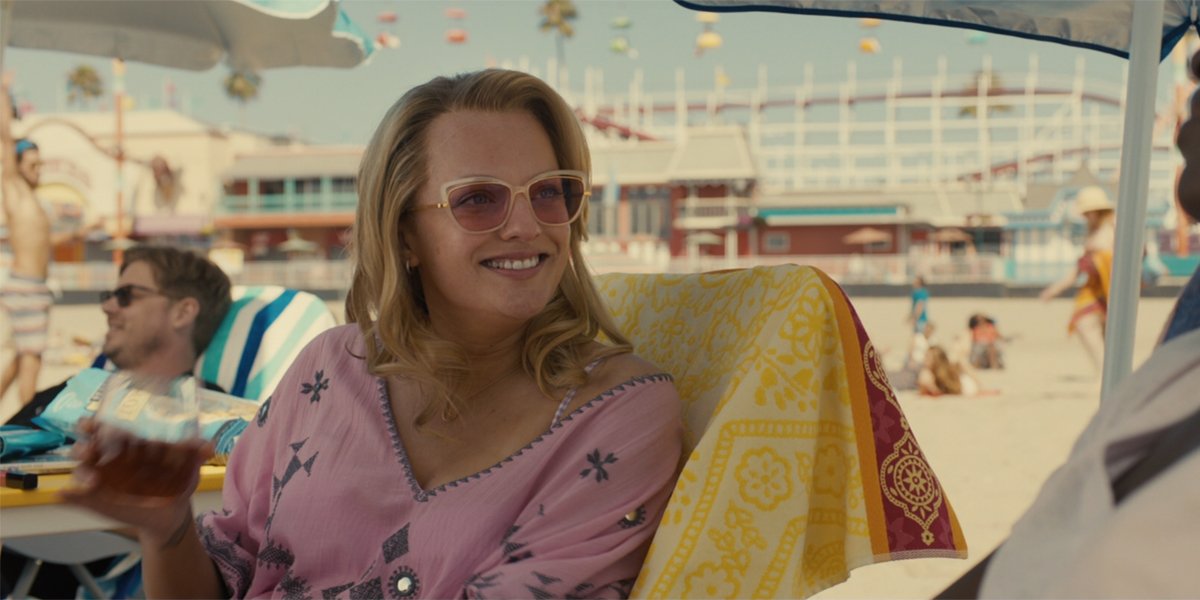
Kitty’s Glasses
Small costume choices can speak volumes about a character, and there’s one particular item that wonderfully sums up Elisabeth Moss’ Kitty in Us – namely the sunglasses she wears on the beach. As revealed in the film’s detail-centric photobook “Pieces Of Us,” the shades are meant to tell us a couple of things. Their custom style is not unlike Kitty herself, who is unabashedly proud of the plastic surgery work she has had done, but also there is the rose color of the lenses, which links to not only her favorite drink, but also a privilege-lifted view of the world.
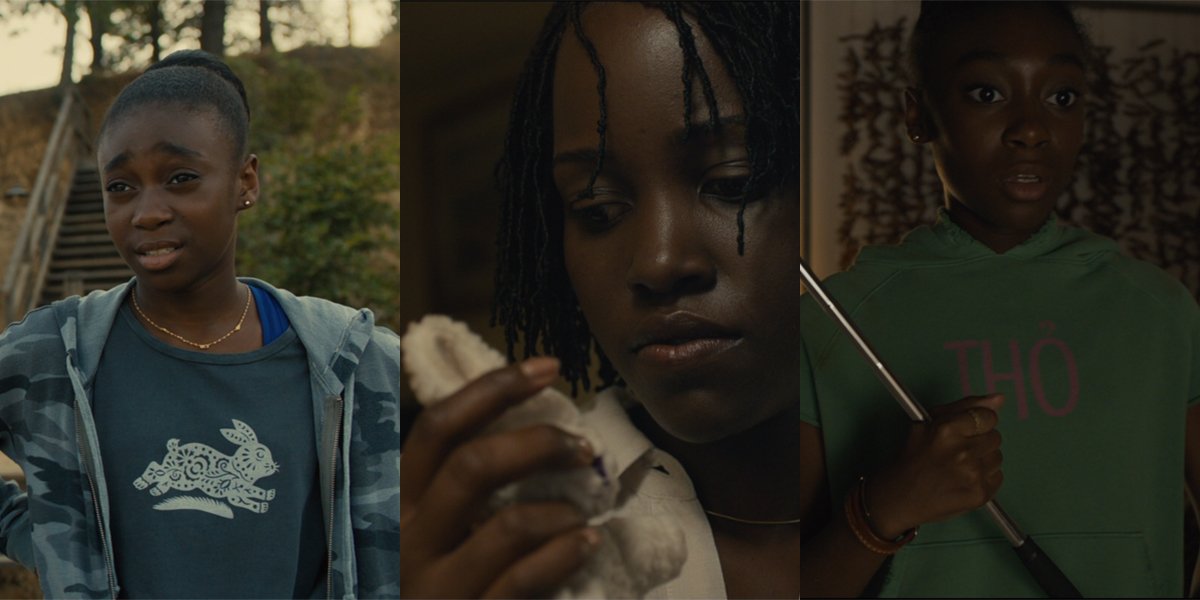
All Of The Rabbits
One of the more horrific details about the lives of The Tethered is the fact that they live subsisting on the raw flesh of rabbits – presumably because they breed plentifully and are therefore easy to raise as livestock. It’s a part of the experience that adult Adelaide (Lupita Nyong’o) seems to have trouble moving past, as there are more than a few bunnies in the movie beyond those shown living underground. As seen in the screenshots above, not only does Adelaide keep a stuffed rabbit in a box of keepsakes, but it seems that it may also have inspired clothing purchases for Zora (Shahadi Wright Joseph), as there is not only the blue shirt with the white stencil design, but “tho” means “rabbit” in Vietnamese.
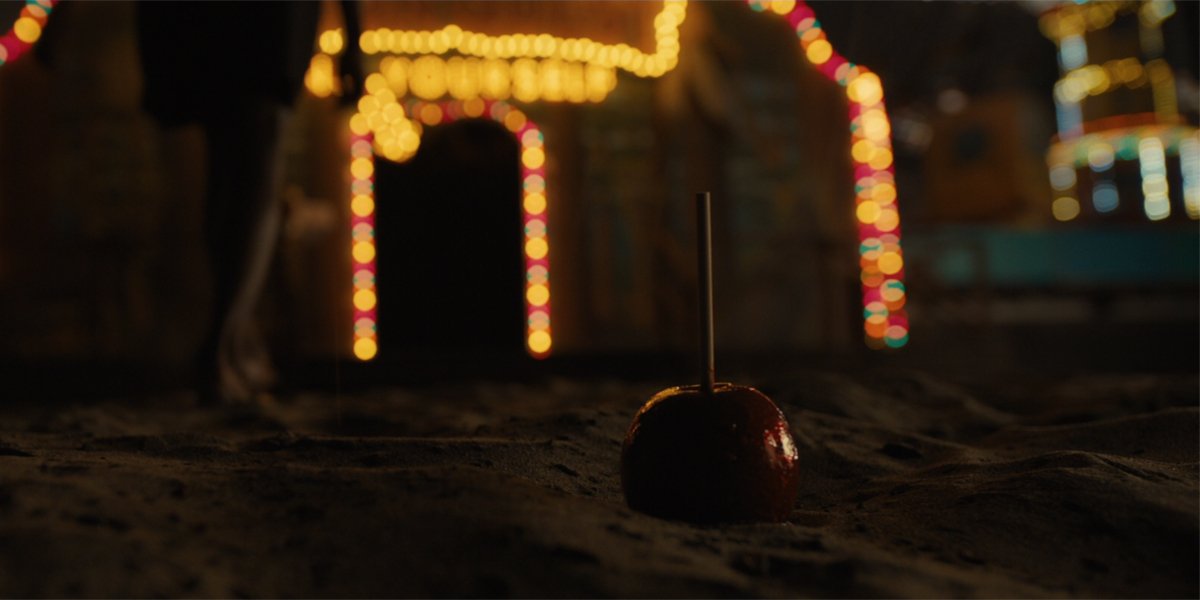
The Candy Apple
Staying on the subject of food, it’s noteworthy that one of the last things that young Adelaide does before going into the Vision Quest house of mirrors is drop a perfectly good candy apple in the sand. This is wasteful behavior that any of the Tethered would look down upon – but there is also a harbinger of doom element present from a biblical perspective. As highlighted in the “Pieces Of Us” photobook, there are ties back to the Forbidden Fruit, which is what got Adam and Eve expelled from the Garden of Eden – as described in Genesis 3:3. And if that matching chapter and verse is extra fitting…
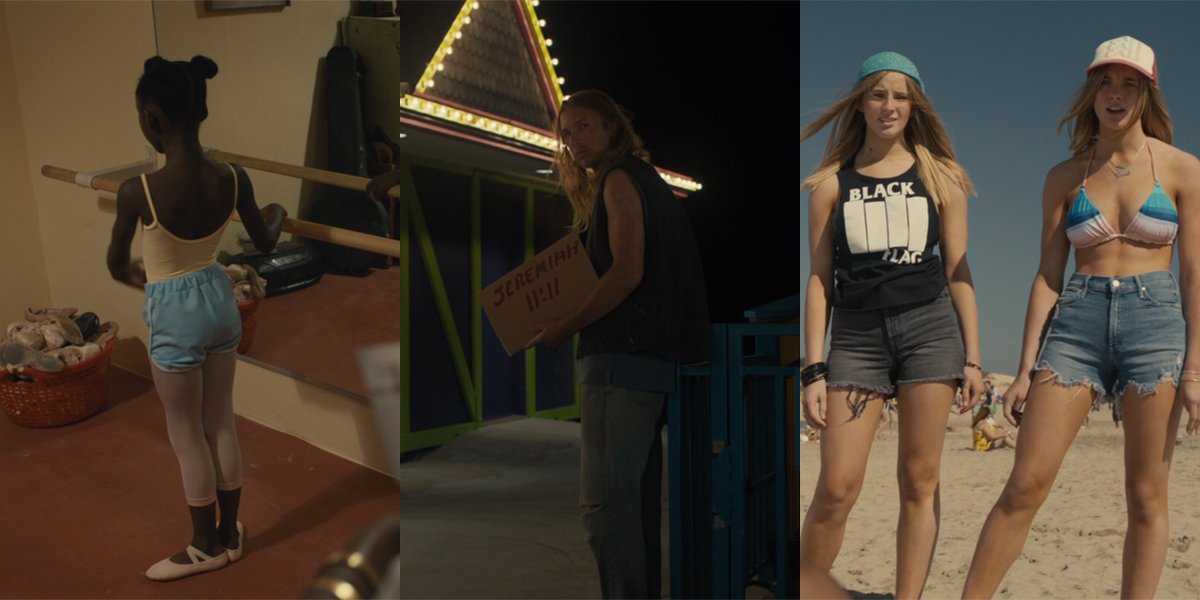
Doubles, Pairs, And Reflections Everywhere
Allow this to serve as a blanket entry in this feature, as there simply does not exist the real estate in this piece to highlight every single double, pair, and reflection used in Us, as they are EVERYWHERE for obvious reasons. Highlighted above are the Tyler twins; a drifter holding a “Jerimiah 11:11” sign; and a mirror-mounted ballet barre, but that’s barely scratching the surface. There’s also the aforementioned house of mirrors, the dual heads of the scissors used by the Tethered, Jason pointing out when it turns 11:11pm, the way in which Adelaide watches her parents talk with her therapist as a child, and many, many more.
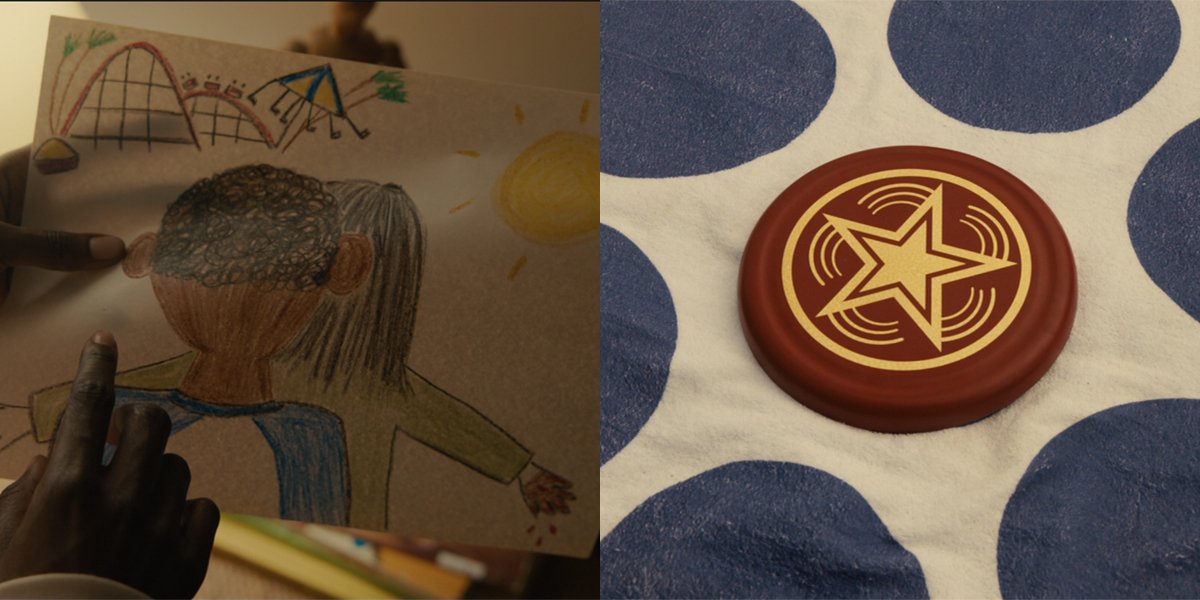
Eclipses
The mission of The Tethered in Us is not simply to emerge from their underground dwellings and live in the sunlight, but to kill their counterparts and claim their lives. A celestial eclipse makes for an appropriate metaphor, and it’s one that Jordan Peele uses multiple times in Us. It’s hard not to notice the strange perspective from which Jason’s drawing is sketched, positioning himself almost directly, but not quite, behind the Tethered man he saw on the beach, and then there’s also the errant Frisbee that lands on Adelaide’s beach towel and perfectly fits the design.
Do you have a favorite minute detail in Us that we haven’t featured here? Hit the comments section with your own observations, and stay tuned here on CinemaBlend for more stories and features regarding the past and future of writer/director Jordan Peele.
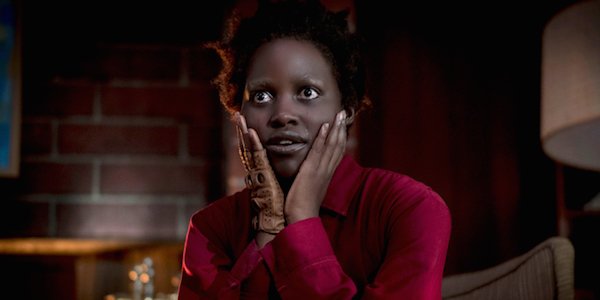
CINEMABLEND NEWSLETTER
Your Daily Blend of Entertainment News

Eric Eisenberg is the Assistant Managing Editor at CinemaBlend. After graduating Boston University and earning a bachelor’s degree in journalism, he took a part-time job as a staff writer for CinemaBlend, and after six months was offered the opportunity to move to Los Angeles and take on a newly created West Coast Editor position. Over a decade later, he's continuing to advance his interests and expertise. In addition to conducting filmmaker interviews and contributing to the news and feature content of the site, Eric also oversees the Movie Reviews section, writes the the weekend box office report (published Sundays), and is the site's resident Stephen King expert. He has two King-related columns.
